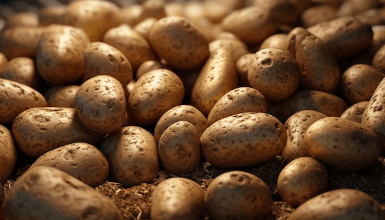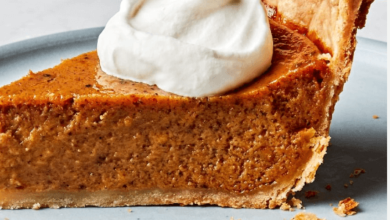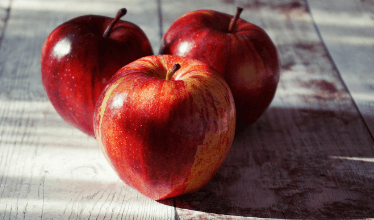Drawing:9sn1eqhlw6e= Pine Tree

Drawing:9sn1eqhlw6e= Pine Tree is an intricate process that requires a keen understanding of its anatomical features and the subtleties of texture. By focusing on aspects such as the conical silhouette and needle-like foliage, artists can convey a sense of strength and tranquility inherent in these majestic trees. The choice of materials and techniques plays a crucial role in achieving realism, yet many overlook key methods that can elevate their work. As we explore these elements, it becomes clear that mastery lies in the details—details that can transform a simple sketch into a captivating representation of nature.
Understanding Pine Tree Anatomy
Drawing:9sn1eqhlw6e= Pine Tree are often characterized by their strikingly distinctive anatomy, which frequently captivates both botanists and artists alike.
Their needle-like leaves and conical shapes are not just aesthetic; they play a crucial role in their ecological significance, providing habitat and sustenance for diverse wildlife.
The unique pine tree characteristics, from their bark texture to their root systems, reflect resilience and adaptability in various environments.
Read More Drawing:9_Zjhu2xjvo= Alexander the Great
Essential Drawing Materials
To effectively capture the beauty of Drawing:9sn1eqhlw6e= Pine Tree on paper, selecting the right drawing materials is vital.
Begin with thoughtful pencil selection, choosing varying hardness to achieve depth and detail.
Complement this choice with suitable paper types; textured surfaces can enhance the organic quality of your work, inviting creativity.
Embrace these materials, allowing your artistic expression to flow freely, reflecting the essence of nature’s elegance.

Techniques for Realistic Textures
Capturing realistic textures in Drawing:9sn1eqhlw6e= Pine Tree involves a meticulous approach that blends observation with technique.
Employing effective shading techniques enhances the depth of bark textures, allowing the viewer to appreciate the intricate details. Varying pencil pressure creates subtle gradients, while cross-hatching can mimic the rough, rugged surface of the bark.
Step-by-Step Drawing Process
How can one effectively translate the essence of a pine tree onto paper?
Begin by sketching the silhouette, capturing the distinct pine tree varieties.
Observe the seasonal changes—lush green needles in summer, rich golden hues in autumn.
Layer details gradually, emphasizing texture and depth.
Read More Drawing:9hcgpftw3gc= Knight
Allow the character of the tree to emerge, reflecting its strength and serenity, inviting the viewer to experience nature’s tranquility.
Conclusion
In conclusion, capturing the essence of a Drawing:9sn1eqhlw6e= Pine Tree through drawing demands a deep understanding of its intricate anatomy and textures. With a careful selection of materials and techniques, the artist can render lifelike depictions that transcend mere representation, allowing the viewer to feel the whisper of the wind through the branches. Like a towering sentinel of the forest, the finished artwork stands as a testament to nature’s grandeur, inviting reflection and admiration from all who behold it.




